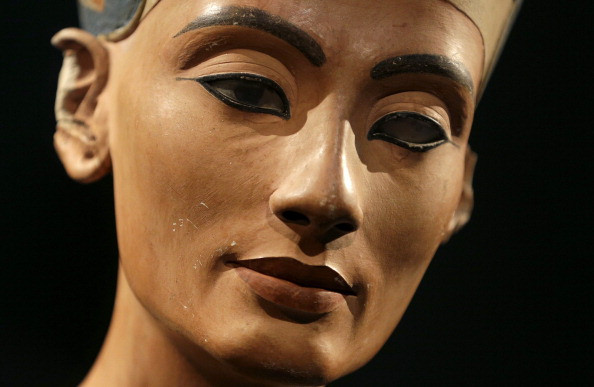Egypt: Hidden chambers of Tutankhamun's tomb 'unlikely' according to experts

A second independent scan of King Tutankhamun's tomb, scheduled for Thursday 31 March, will take place amid doubts that the monument contains hidden chambers. Egypt's Ministry of Antiquities announced earlier in the month that a first scan carried out by Japanese radar expert Hirokatsu Watanabe revealed the presence of two additional rooms in the pharaoh's chamber.
Since then, other experts have expressed doubts over this announcement. Scientific website Live Science contacted different radar technologists with no link to the excavation project.
Raw data for peer review
The problem, some have pointed out, is that the tomb contains many natural voids and radars are not well equipped to distinguish between archaeological and natural features.
"It does not appear that these ground-penetrating radar data have been processed, or that any of the so-called anomalies are visible in the raw data that are provided," Lawrence Conyers, professor of anthropology at the University of Denver, told Live Science.
Like other experts contacted by the website, he calls on Egyptian authorities to release additional raw data from the scans, for peer review. Elements like radar velocity and scale would be useful to actually determine how much space there is behind the walls hiding the potential secret chambers.

The second scan will try to respond to all these interrogations, and to corroborate Watanabe's findings. The results will be presented by Egyptian antiquities minister Mamdouh el-Damaty Friday 1 April.
If they are conclusive, an archaeological and scientific committee may be formed, to determine the least-damaging technique of conducting a physical investigation.
These latest development are likely to attract a lot of interest. In recent months, there has been mounting evidence that the famous Queen Nefertiti could be buried with Tutankhamun. Egypt's Ministry of Antiquities has even said that traces of organic material were identified on the scans, in the area where the secret rooms are supposedly located.
If this is true, it represents a great hope of finding Nefertiti's tomb. Up to now, its location remains one of Ancient Egypt's greatest mystery.
© Copyright IBTimes 2025. All rights reserved.






















